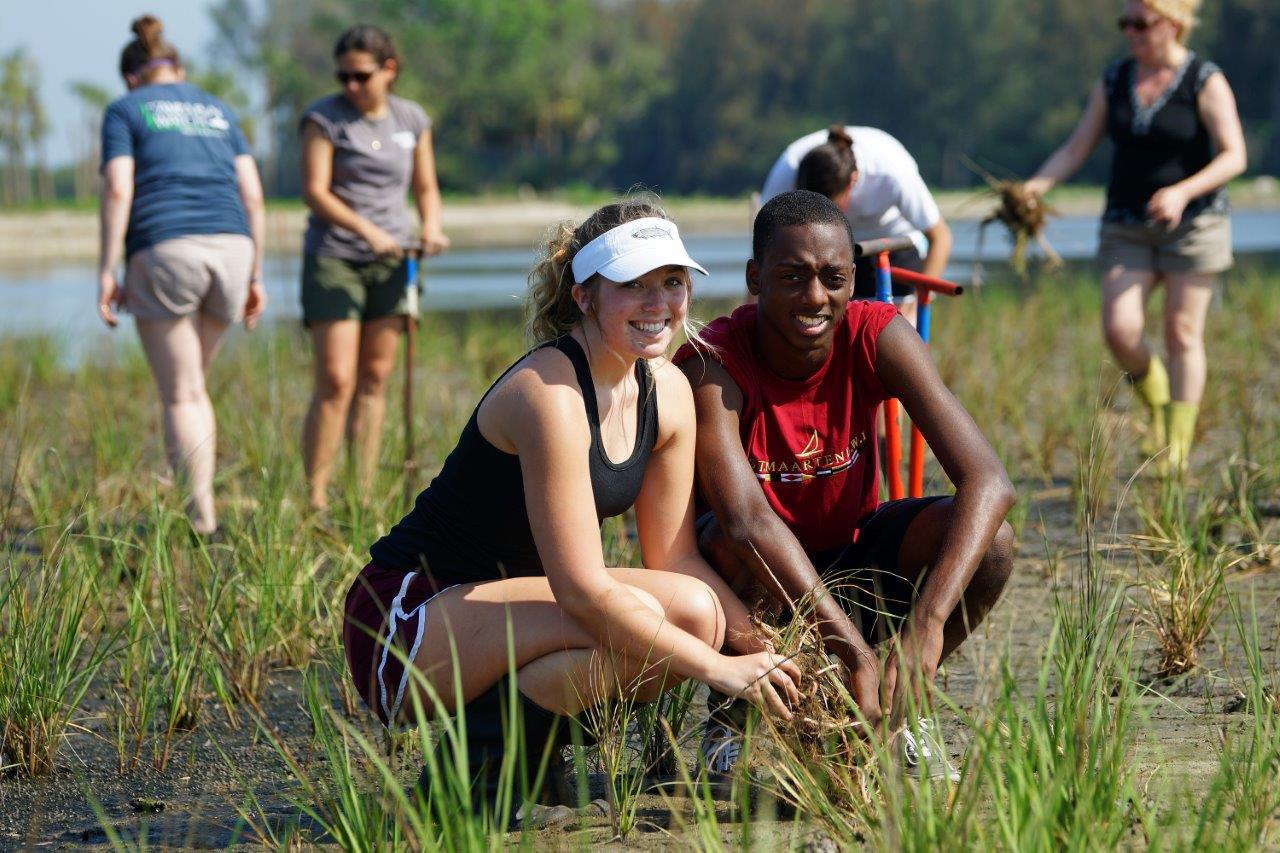Bay Grasses in Classes Program
Organization: Tampa Bay Watch
Location:
Tampa Bay area
Country: United States
Other Organizations Involved:
Hillsborough, Pinellas, and Manatee County school districts; Florida Fish and Wildlife Conservation Commission (donor marsh), Hillsborough, Pinellas, and Manatee counties (restoration sites), Southwest Florida Water Management District's Surface Water Improvement and Management

Background
BGIC is designed to restore coastal wetlands while encouraging environmental stewardship. Our region lost nearly half its wetland habitats due to the rapid development of the Tampa Bay region. These habitats are vital to preventing erosion, filtering pollutants, providing habitat for juvenile fish, and sequestering atmospheric carbon. By establishing sustainable wetland nurseries at schools, we not only give students the opportunity to work with local scientists in restoring this crucial habitat, but also provide plants and labor to local and state agencies at no cost.
Goals
- Establish and manage on-campus, self-sustaining wetland nurseries to establish a continuous supply of healthy wetland plants for restoration across Tampa Bay
- Involve students and teachers in efforts to maintain and plant wetland habitats
- Empowering students to become the next generation of environmental stewards through hands-on involvement in local restoration.
Main activities
- Students and teachers participate in all phases of nursery construction and maintenance: harvesting, planting, transplanting nursery, and recycling activities
- Informal education through school presentations and field presentations
- Hands-on activities to monitor and maintain on-campus nurseries
- Six-month monitoring of restoration sites
- Utilize school district, county, FWCC, and SWFWMD partnerships to organize field events with schools
Results
The BGIC program expects to add two schools each school year (three within the grant period), bringing the total number of schools engaged to 18 by the end of 2018. The program is expected to involve 5,000 teachers/students in nursery, outreach, and restoration activities. We expect to contribute 15,000 plugs of wetland plants for planting and restoration of low and high marsh habitat, restoring the balance of habitat mosaics within the area. This number of plants can restore 5 acres, dependent on the type of sites available.